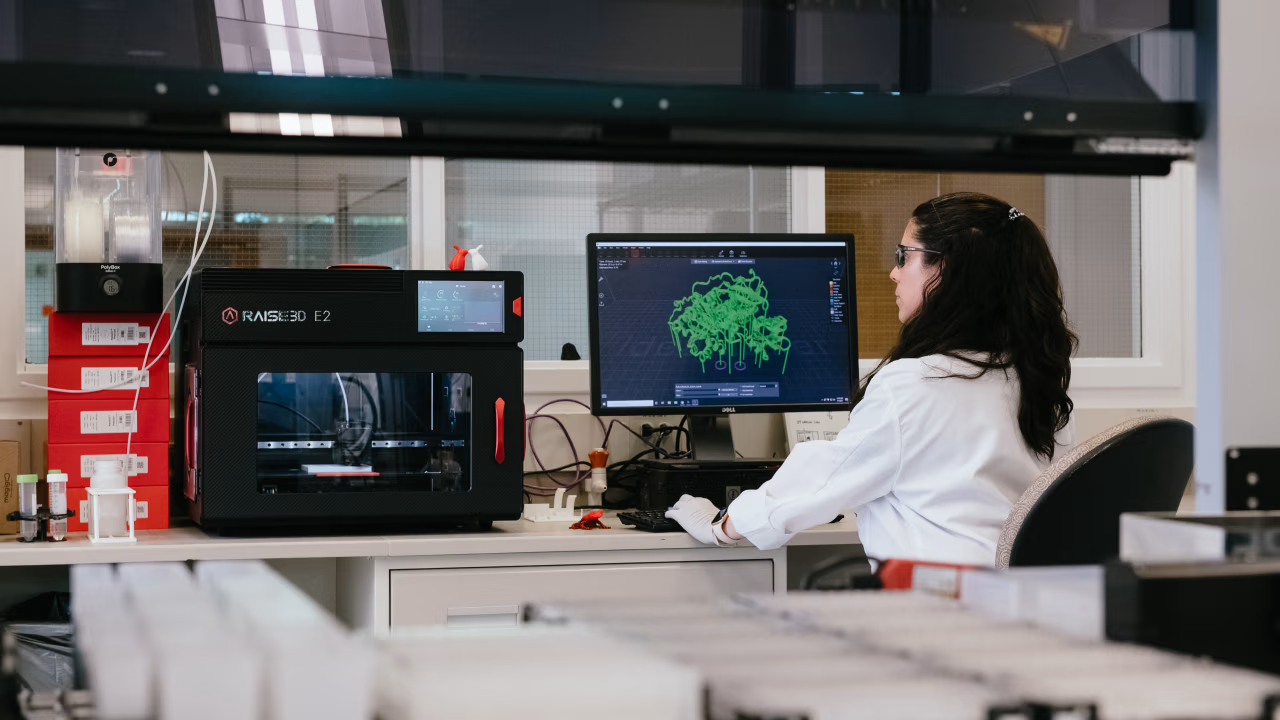As we advance into the 21st century, the pace of technological innovation continues to accelerate at an unprecedented rate. While some predictions may seem like science fiction today, leading researchers and technology companies are already laying the groundwork for revolutionary changes that will transform how we live, work, and interact with the world around us by 2050.

1. Brain-Computer Interfaces: Direct Mind Control
Perhaps the most mind-bending technology on the horizon is the development of Brain-Computer Interfaces (BCIs) that will allow direct communication between the human brain and digital devices. Companies like Neuralink, Meta, and numerous research institutions are making significant strides in this field.
What BCIs Will Enable
By 2050, BCIs may allow users to control computers, smartphones, and smart home devices with mere thoughts, potentially revolutionizing how we interact with technology and offering new hope for individuals with disabilities.
Current Development Status
- Medical applications: FDA-approved devices already help paralyzed patients control computer cursors
- Motor restoration: Experimental systems allow quadriplegic patients to control robotic arms
- Communication aids: BCIs help patients with ALS and other conditions communicate through thought
- Research expansion: Over 100 clinical trials currently testing various BCI applications
BCI Timeline Prediction
2025-2030: Medical BCIs become mainstream for treating paralysis and neurological conditions. 2030-2040: Consumer BCIs for basic device control enter the market. 2040-2050: Advanced BCIs enable complex thought-to-digital communication and memory enhancement.

2. Synthetic Biology: Programming Life Itself
Synthetic biology represents one of the most profound technological shifts, allowing scientists to design and engineer biological systems like computer programs. This field combines engineering principles with biology to create new biological parts, devices, and systems.
Revolutionary Applications by 2050
- Programmable medicine: Custom-designed bacteria that target specific diseases
- Bio-manufacturing: Living organisms that produce materials, fuels, and chemicals
- Environmental restoration: Engineered microorganisms that clean pollution and restore ecosystems
- Food security: Designer crops with enhanced nutrition and climate resistance
Synthetic Biology Facts
The global synthetic biology market is projected to reach $85 billion by 2032, with applications ranging from pharmaceuticals to sustainable manufacturing. Companies are already using synthetic biology to produce insulin, vanilla flavoring, and renewable jet fuel.

3. Programmable Matter: Shape-Shifting Materials
Imagine materials that can change their shape, stiffness, and properties on command. Programmable matter represents a paradigm shift where physical objects become dynamic and responsive to digital commands, essentially creating "software" for the physical world.
Types of Programmable Matter
- Smart materials: Shape-memory alloys that remember and return to predetermined shapes
- Self-assembling systems: Materials that automatically arrange themselves into desired configurations
- Liquid metals: Substances that can flow, solidify, and reshape on demand
- 4D printing: 3D-printed objects that change shape over time when exposed to stimuli
Future Applications
By 2050, programmable matter could create self-repairing buildings, adaptive clothing that changes with weather conditions, and medical implants that adjust their function based on patient needs.
Current Research Breakthroughs
MIT researchers have developed "programmable liquid" that can change viscosity on command, while Harvard scientists created materials that can fold themselves into complex 3D shapes. Carnegie Mellon University is working on "claytronics" - tiny robots that can form any shape collectively.

4. Quantum Internet: Unhackable Global Communication
The quantum internet represents the next evolution of digital communication, promising ultra-secure, instantaneous data transmission that leverages the strange properties of quantum mechanics. Unlike current internet infrastructure, quantum networks will be theoretically unhackable.
Quantum Communication Advantages
- Quantum encryption: Messages secured by the laws of physics rather than mathematical algorithms
- Instantaneous transmission: Quantum entanglement enables immediate state changes across any distance
- Tamper detection: Any attempt to intercept quantum information immediately alters it, alerting users
- Distributed computing: Quantum networks will link quantum computers for unprecedented processing power
Quantum Internet Development
Current: Small-scale quantum networks operational in labs and between cities. 2030: Regional quantum networks connecting major research institutions. 2040-2050: Global quantum internet infrastructure enabling secure worldwide communication.
Real-World Progress
China has already demonstrated quantum communication over 1,200 kilometers using satellites, while the European Union has invested €1 billion in quantum technologies. The US National Quantum Initiative aims to build quantum networks connecting research facilities nationwide.

The Convergence Effect
What makes these technologies particularly revolutionary is how they will likely converge and amplify each other's capabilities. Brain-computer interfaces might use quantum encryption for security, while synthetic biology could create programmable matter that responds to quantum signals.
Convergence Examples
Imagine programmable medical implants designed through synthetic biology, controlled via brain-computer interfaces, and monitored through quantum-secure networks - creating personalized medicine systems impossible with today's technology.
Challenges and Considerations
While these technologies promise incredible benefits, they also present significant challenges:
Technical Hurdles
- Scalability: Moving from laboratory demonstrations to mass production
- Integration: Making new technologies compatible with existing infrastructure
- Reliability: Ensuring consistent performance in real-world conditions
- Cost: Reducing manufacturing and implementation costs for widespread adoption
Ethical and Social Implications
- Privacy concerns: Brain-computer interfaces raise questions about mental privacy
- Biological safety: Synthetic biology requires careful containment and safety protocols
- Economic disruption: New technologies may eliminate existing jobs and industries
- Access equality: Ensuring advanced technologies benefit all of humanity
Important Note
While these predictions are based on current research trends and expert projections, the actual timeline for widespread adoption may vary significantly due to technical, regulatory, and social factors.
Preparing for the Future
As these strange and wonderful technologies develop, individuals and organizations can prepare by:
- Staying informed: Following developments in emerging technology fields
- Developing adaptability: Cultivating skills that complement rather than compete with technology
- Engaging in dialogue: Participating in discussions about technology's role in society
- Supporting research: Advocating for responsible technology development and regulation
Conclusion
The technologies emerging by 2050 will likely seem as magical to us today as smartphones would have appeared to people in 1970. Brain-computer interfaces, synthetic biology, programmable matter, and quantum internet represent just the beginning of a technological revolution that will fundamentally reshape human civilization.
While we can't predict exactly how these technologies will develop, we can prepare for a future where the boundaries between mind and machine, living and artificial, and physical and digital continue to blur in fascinating and unprecedented ways.

Ready for Tomorrow's Technology?
Stay ahead of technological advances with cutting-edge equipment and professional gear designed for the future.
Explore Future Tech